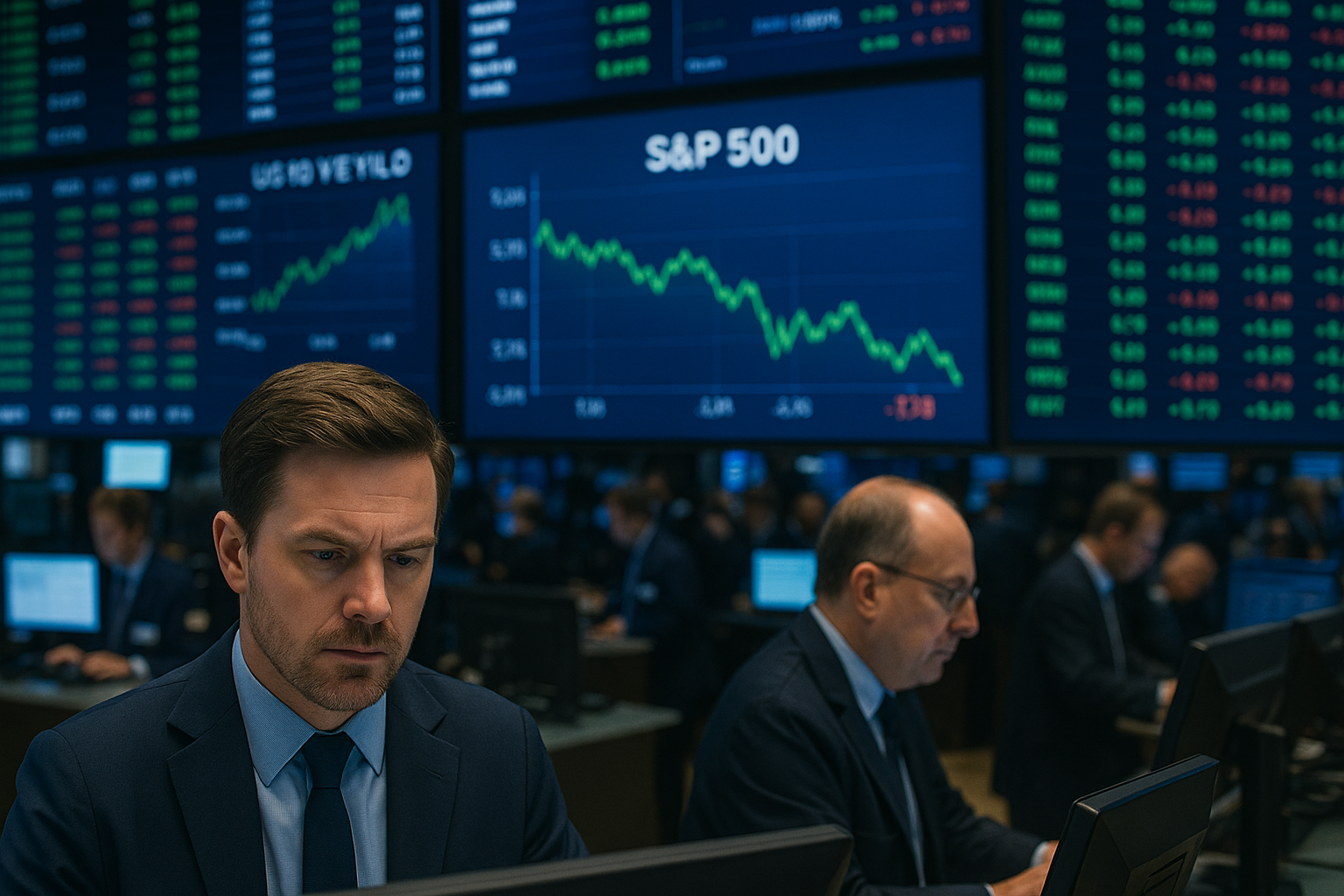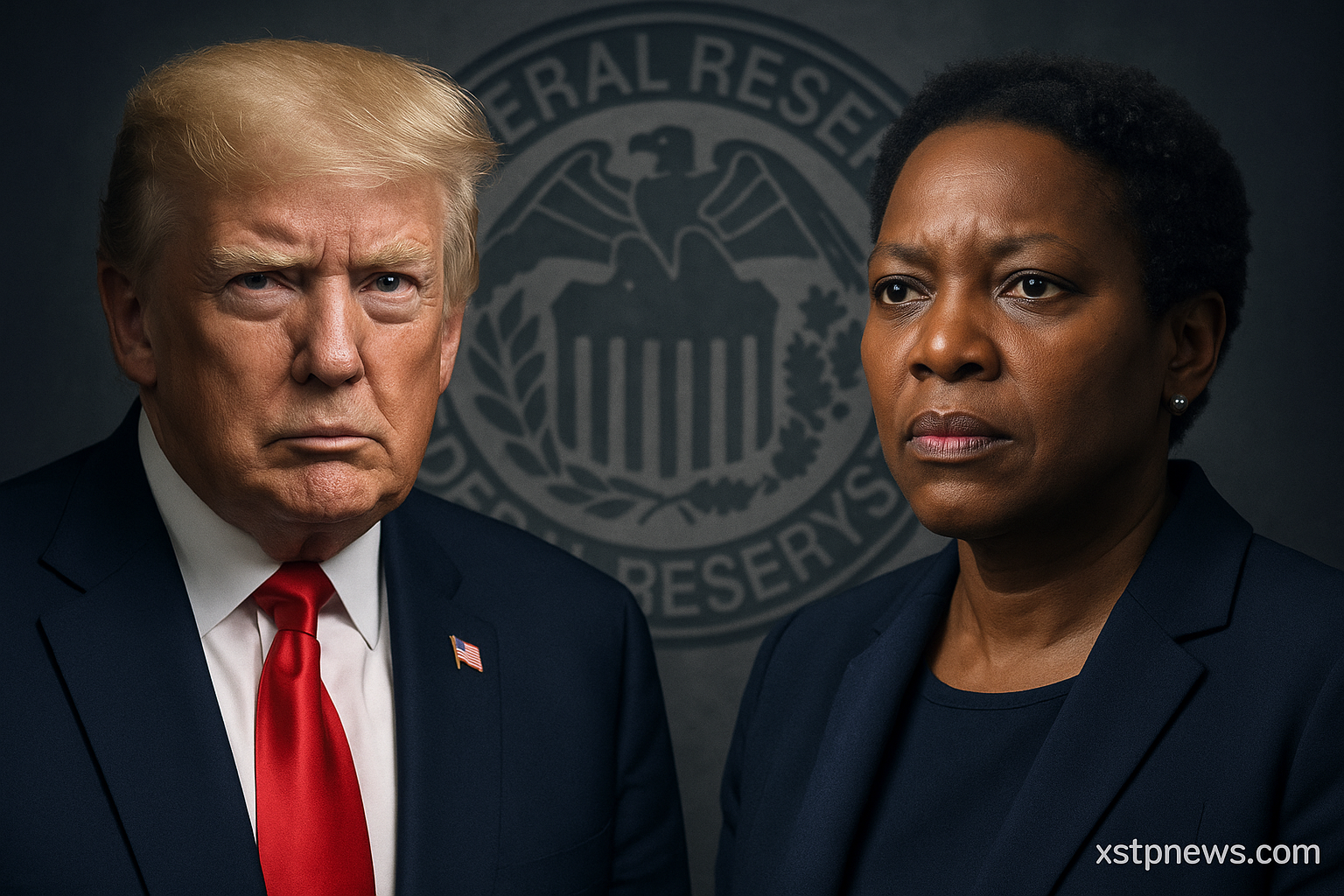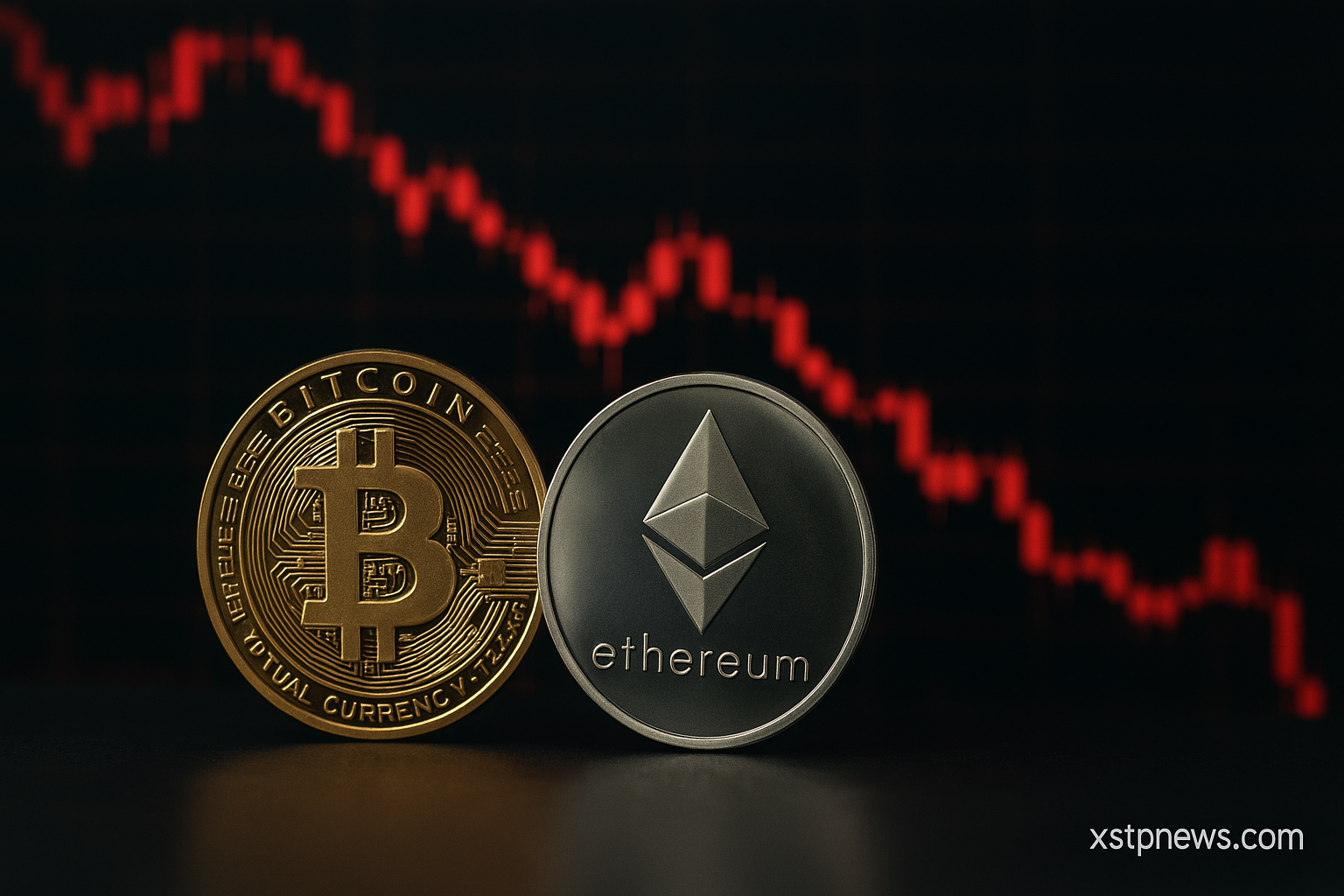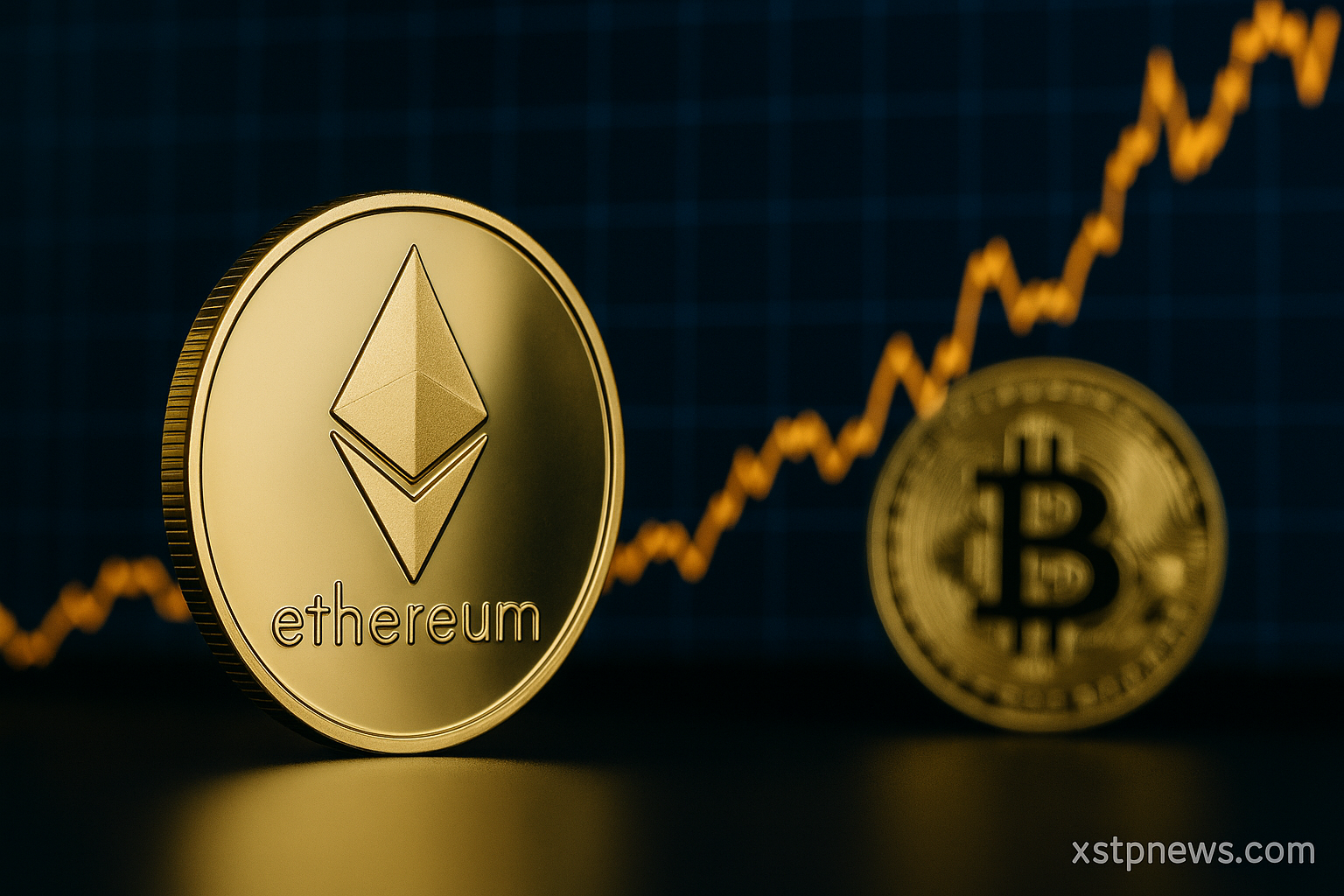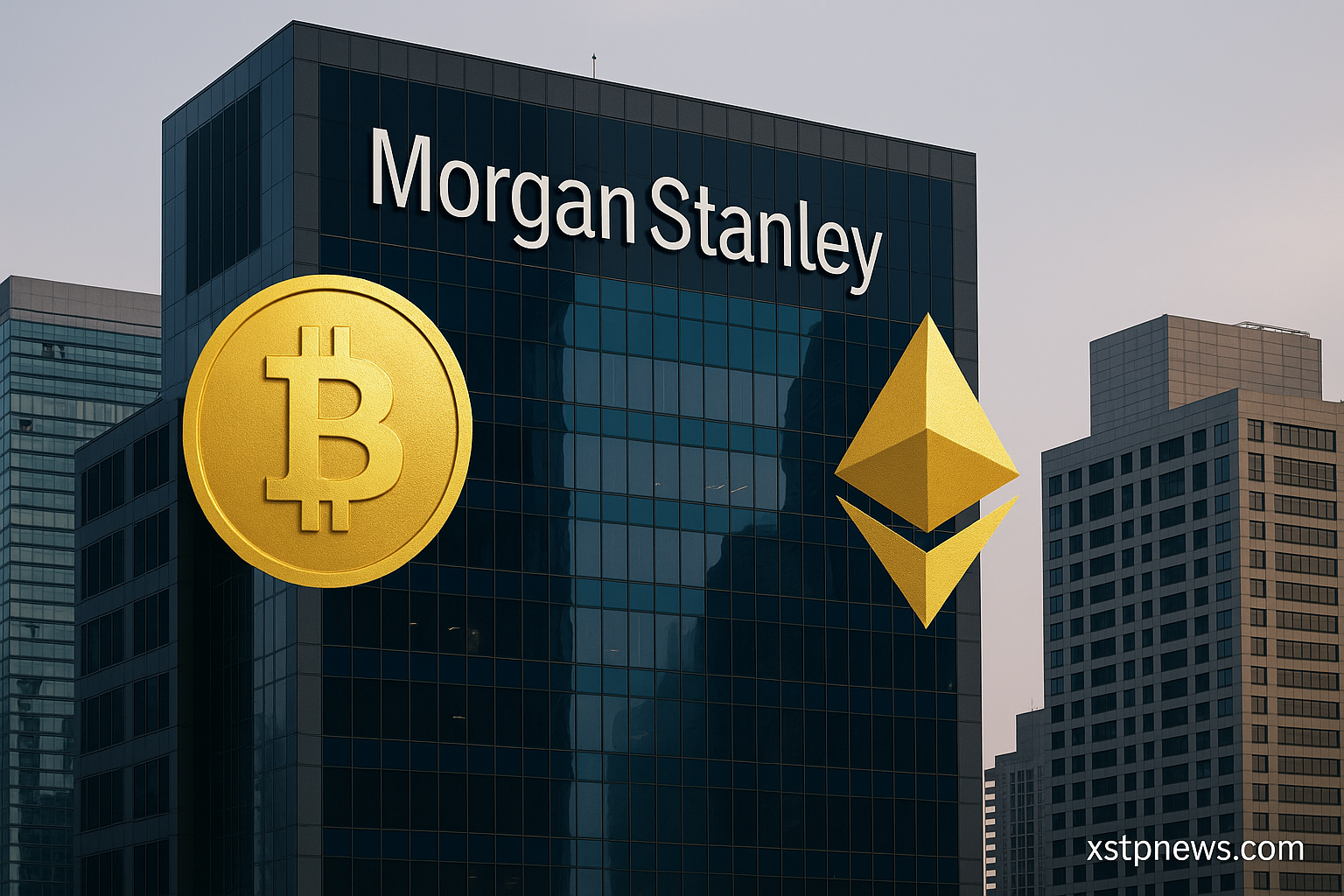June 23, 2025 – Economic Signals in the Shadow of Conflict
While global attention remains focused on rising geopolitical tensions, today brought a different kind of signal from the economic front. Business activity in the United States slowed slightly in June, but price pressures continue to build. The data suggests a fragile but resilient economy navigating both internal and external uncertainties.
At the heart of the inflation uptick are rising input costs and new import tariffs. The current administration’s aggressive trade stance is beginning to ripple through multiple sectors, from manufacturing and retail to logistics and consumer goods.
Fed tone softens while inflation heats up
In parallel, top Federal Reserve officials issued dovish comments on Monday. Vice Chair Michelle Bowman and Governor Christopher Waller signaled that rate cuts are still on the table this year. That tone softened the dollar and lifted equity sentiment despite the backdrop of Middle East volatility.
Traders are now pricing in more than half a percentage point in total rate cuts before the end of 2025. This has recalibrated risk sentiment and shifted capital flows toward equities and emerging markets.
Strategic implications
The market’s behavior today illustrates a broader pattern. Investors are currently focused more on monetary signals than on geopolitical shocks. Risk-on appetite returned, with US equities posting modest gains and Treasury yields pulling back. However, this window could close quickly if the situation in the Gulf escalates further.
What to watch going forward
- Inflationary pressures from tariffs and energy must be tracked closely by businesses with long import chains
- Central bank decisions will define the momentum of credit markets and investor appetite
- Market sentiment remains fragile and exposed to rapid shifts if risk perception intensifies
Today’s data shows that the US economy is walking a tightrope. While inflation is climbing, central banks are under pressure to ease. Markets are cautiously optimistic. But that optimism is being tested by forces far beyond monetary policy.

